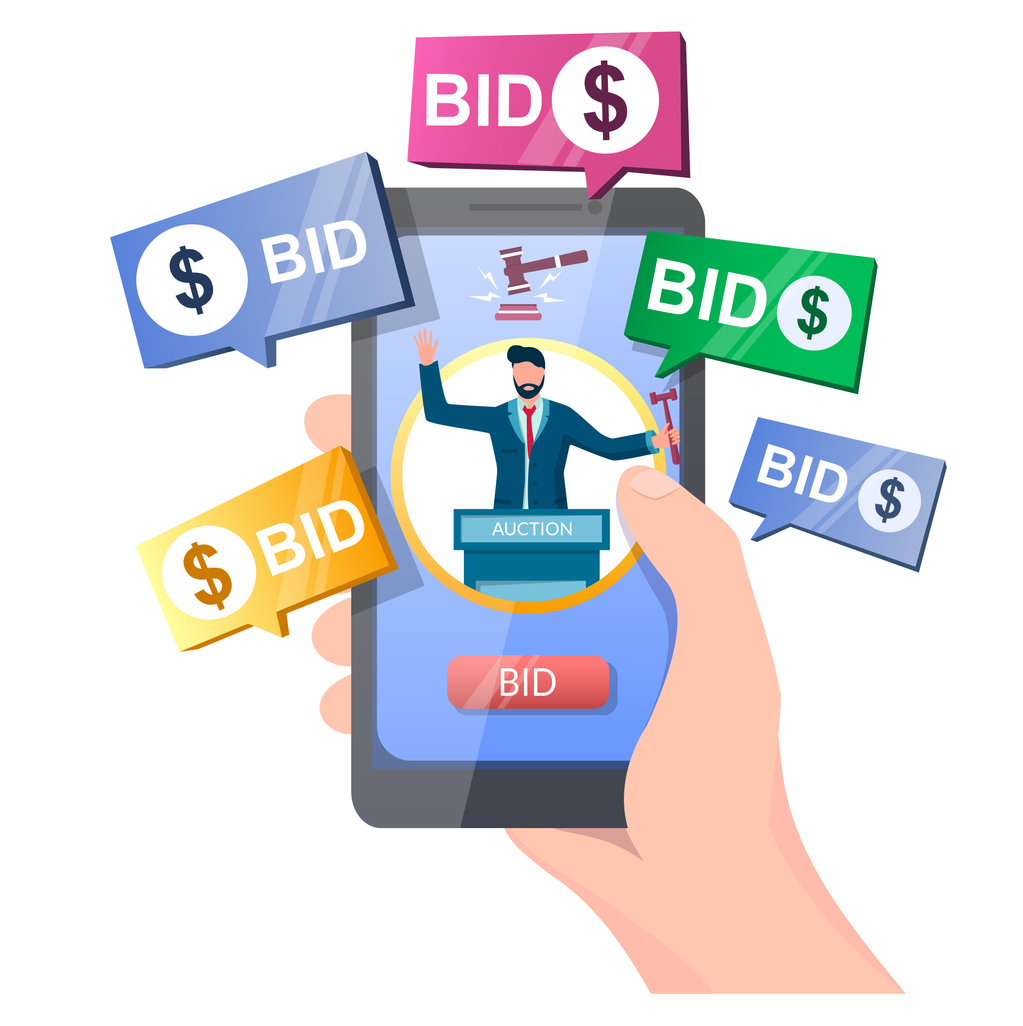
Smart & Automated Bidding in Google Ads – Why & When To Use It
Google Ads has many AI tools to try in your campaigns, but the most advanced is its automated smart bidding capabilities. With so many options, it can be difficult to choose the right bidding strategy for your business’ goals and account setup.
With the rise in AI, Google has developed advanced machine learning tools for your advertising campaigns inside of Google Ads. One of the most built out tools being smart bidding. With so many bidding options available – max conversions, max conversion value, maximize clicks and more – it can be tough to figure which will work best based on your business’ goals and account setup.
Smart vs Manual Bidding
Manual bidding strategies are those where you set a strict bid limit yourself, and have been seen as those where you have the most control as an advertiser. However, with advancements in technology and artificial intelligence by Google over the years, smart bidding is quickly becoming more and more pertinent for your campaign’s growth.
Smart bidding leverages Google’s AI to dynamically optimize bids for each auction, aiming to maximize conversions or conversion value. This sophisticated approach includes strategies like Target CPA (Cost Per Acquisition), Target ROAS (Return On Ad Spend), Maximize Conversions, and Maximize Conversion Value, all designed to automate bidding decisions in real-time for optimal performance. By adjusting bids based on a wealth of contextual signals, smart bidding offers a strategic advantage in achieving advertising objectives more efficiently and effectively.
Selecting a Smart Bidding Strategy in Google Ads
{Image from https://support.google.com/google-ads/answer/11095984?sjid=11343019851887257899-NA}
Selecting the right Smart Bidding strategy in Google Ads is pivotal for optimizing your advertising efforts and achieving your business objectives. Each strategy offers unique benefits and is designed to cater to different campaign goals, from maximizing conversion volume to enhancing site traffic.
Understanding the nuances of each strategy will empower advertisers to make informed decisions. Here, we delve into the advantages and considerations of each approach, highlighting how they can align with your specific advertising needs.
Max Conversion Bidding
Works best for: trying to improve conversion volume in a simpler conversion setup, especially if restricted by budget
Pros: Can reduce CPC, can improve CVR
Cons: Needs conversion data points to improve and stabilize
A max conversion bidding strategy is best used to increase conversion volume across the board. It is effective in finding more efficiency by valuing clicks higher that are likelier to convert, especially in situations where campaigns are limited by budget.
An additional element to the max conversion bidding strategy is the ability to add a Target CPA parameter, which allows you to set a desired efficiency for your CPA. Adding in a Target CPA to your strategy works best when you have 30 or more conversions in a 30-day time period. The more data points, the more likely you will see results.
Max Conversion Value Bidding
Works best for: campaigns with multiple levels of conversions or ecommerce conversion data
Pros: can give higher emphasis to conversions that mean most to you / have the most value
Cons: requires a great understanding of the business funnel and the value of customers at different parts of that funnel
A max conversion value bidding strategy is best used for campaigns utilizing ecommerce tracking, or campaigns that have multiple conversions that are weighed differently for your business. Like max conversions, it is focusing on getting you the most conversions – however it will be also weighing conversions based on their value to your business. This bidding algorithm first requires nominating values for each of your primary conversion actions.
An additional element to the max conversion value bidding strategy is the ability to add a Target ROAS parameter, which allows you to set a desired efficiency for your ROAS. Adding in a Target ROAS to your strategy works best when you have 30 or more conversions in a 30-day time period. The more data points the merrier!
Max Clicks Bidding
Works best for: increasing site traffic within your budget
Pros: can increase clicks as well as decrease CPCs
Cons: doesn’t take conversion data into account
A max click bidding strategy is used to get the most traffic to your site within your budget. This is a great option to get your CPC’s down, however keep in mind that it does not take into account your conversions or conversion rate. This is best used for accounts that are building up data upon a new launch before switching to something more conversion based.
Target Impression Share Bidding
Works best for: increasing visibility especially if not limited by budget
Pros: could see a higher CTR due to being higher on the search engine results page, likely better impression shares
Cons: will likely result in an increased CPC, ignores important metrics like CVR
A target impression share strategy is used in cases where you want to maximize your top position on the search results page. Keep in mind that this does not take into account your conversions or conversion rate, and may stifle traffic due to higher CPCs.
Balancing Automation and Control When Optimizing Your Ads with Smart Bidding
Maximizing the efficiency of your search and display ads has never been easier, thanks to Google’s smart bidding strategies. These automated tools offer a significant advantage by saving valuable time on bid adjustments and optimizing towards achieving your key objectives, be it conversions, traffic, or visibility. However, it’s important to recognize the balance between automation and control.
While smart bidding simplifies bid management and has the potential to enhance campaign performance, it operates best with a foundation of historical data and may offer less granularity in control compared to manual bidding strategies. Embracing smart bidding means navigating these considerations to fully leverage Google Ads’ advanced AI capabilities for your advertising success.
Want to learn more about how WebMechanix can help with your Google Ads? Let’s talk.
Most newsletters suck...
So while we technically have to call this a daily newsletter so people know what it is, it's anything but.
You won't find any 'industry standards' or 'guru best practices' here - only the real stuff that actually moves the needle.







